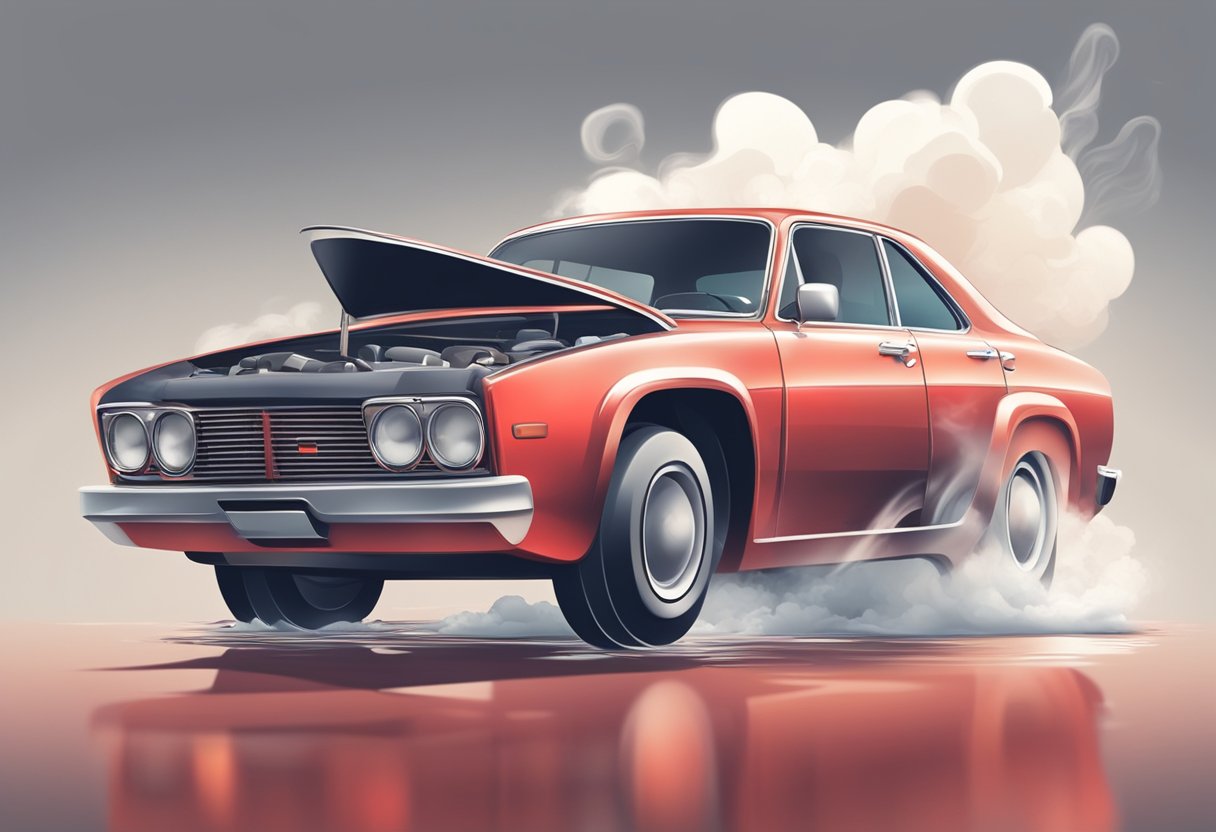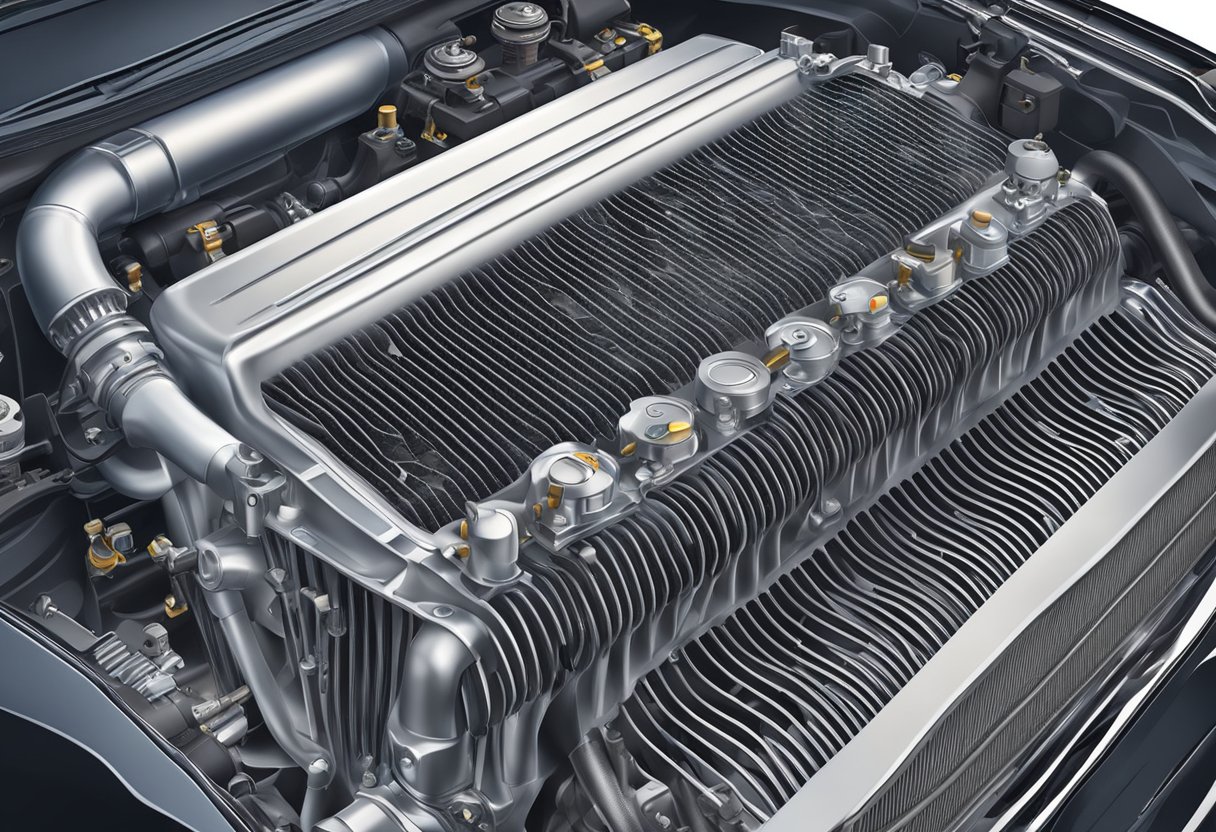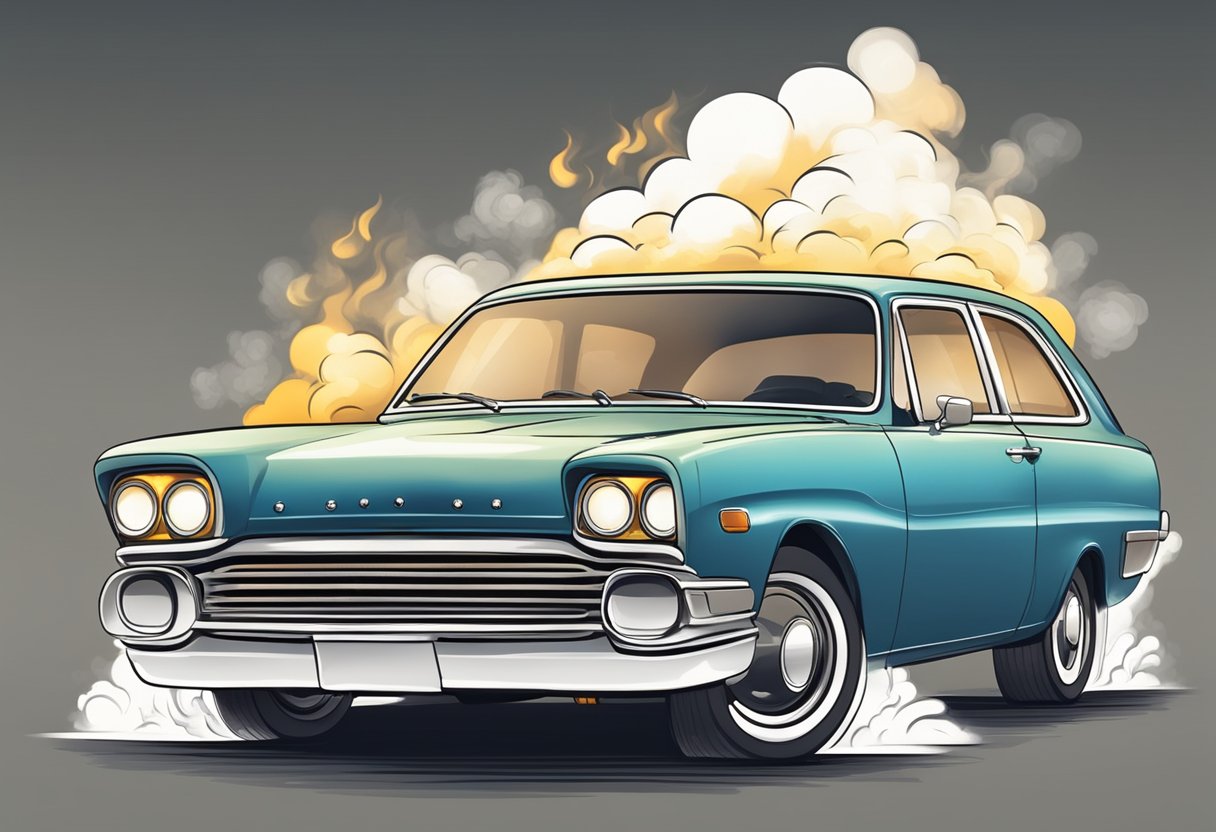Recognizing bad radiator symptoms can help you avoid costly repairs and prevent your car from breaking down on the road. Your car’s radiator is an essential component of its cooling system, responsible for regulating the engine’s temperature. When your radiator is not functioning correctly, it can cause your engine to overheat, leading to significant damage.
One of the most common signs of a bad radiator is an overheating engine. If you notice your car’s temperature gauge is higher than normal or the warning light comes on, it’s essential to pull over and let your engine cool down. Ignoring this warning sign can cause severe damage to your engine, leading to costly repairs or even engine failure. Other symptoms of a bad radiator include leaks, low coolant levels, and strange noises coming from under the hood.
In this article, we will discuss the most common bad radiator symptoms and how to recognize them before it’s too late. We will also provide tips on how to maintain your radiator to prevent problems from occurring. By learning to recognize these symptoms, you can take action to prevent costly repairs and keep your car running smoothly.
Identifying Common Radiator Problems
If you want to avoid costly repairs and keep your vehicle running smoothly, it’s important to recognize the signs of radiator problems before they become serious. Here are some common symptoms to look out for:
Leaking Coolant
One of the most obvious signs of a radiator problem is a coolant leak. If you notice a puddle of green or orange liquid under your car, it’s likely that your radiator is leaking. Coolant leaks can be caused by a variety of issues, including a cracked radiator, a damaged hose, or a faulty water pump. If you suspect a coolant leak, it’s important to have your vehicle inspected by a professional mechanic as soon as possible.
Discolored Coolant
Healthy coolant should be a bright green or orange color. If you notice that your coolant has turned brown or rust-colored, it’s a sign that there’s a problem with your radiator. Discolored coolant can be caused by rust or sediment buildup in the radiator, which can lead to clogs and other issues. If you notice discolored coolant, it’s important to have your radiator flushed and inspected by a professional mechanic.
Overheating Engine
If your engine is overheating, it’s likely that there’s a problem with your radiator. Overheating can be caused by a variety of issues, including a low coolant level, a damaged radiator fan, or a blocked radiator. If you notice that your engine is running hot, it’s important to pull over and let it cool down before driving any further. Continuing to drive an overheating engine can cause serious damage to your vehicle.
By keeping an eye out for these common radiator problems, you can help ensure that your vehicle stays in good condition and avoid costly repairs down the road.
Understanding Radiator Function and Failure
Role of the Radiator in Engine Cooling
The radiator is a crucial component of your vehicle’s cooling system. Its primary function is to transfer heat from the engine coolant to the air, which keeps the engine running at a safe temperature. The radiator accomplishes this task by using a series of thin metal fins, which are connected to small tubes that carry the coolant. As the coolant flows through the tubes, the fins help to dissipate the heat, allowing the coolant to return to the engine at a lower temperature.
Causes of Radiator Malfunction
Despite their importance, radiators can fail for a variety of reasons. One common cause of radiator malfunction is a leak in the cooling system. This can occur due to corrosion, physical damage, or simply wear and tear over time. If your radiator is leaking, you may notice a puddle of coolant underneath your vehicle or a drop in your engine’s coolant level.
Another common cause of radiator failure is a blockage in the cooling system. This can occur due to a buildup of debris, such as dirt or rust, or due to a malfunctioning thermostat. If your radiator is blocked, you may notice that your engine is overheating or that your vehicle is running hot.
In addition to leaks and blockages, radiators can also fail due to damage to the fins or tubes. This can occur due to physical impact, such as a collision, or due to corrosion over time. If your radiator is damaged, you may notice that your engine is running hot or that your vehicle is overheating.
Overall, it is important to recognize the symptoms of radiator failure early on in order to prevent more serious damage to your vehicle. By understanding the role of the radiator in engine cooling and the causes of radiator malfunction, you can take steps to keep your cooling system running smoothly and avoid costly repairs down the road.
What Are the Symptoms of a Bad Radiator Fan that I Should Look Out For?
When it comes to your car’s radiator fan, it’s important to be aware of potential issues. Symptoms of a bad radiator fan to look out for include overheating, coolant leaks, and the fan not turning on. If you notice any of these signs, it’s important to address the problem promptly to avoid a costly comprehensive radiator fan replacement cost.
Warning Signs and Symptoms
If you want to avoid costly repairs or even a breakdown, it’s important to recognize bad radiator symptoms before it’s too late. Here are some warning signs and symptoms to look out for:
Visible Coolant Leaks
If you notice a puddle of green, orange, or pink liquid under your car, it could be a sign of a coolant leak. Coolant is essential for regulating your engine’s temperature, and a leak can cause your engine to overheat. Check your coolant levels regularly and have any leaks repaired immediately.
Steam from Hood
If you see steam coming from under your hood, it’s a clear indication that your engine is overheating. This can be caused by a malfunctioning radiator or a coolant leak. Pull over as soon as it’s safe to do so and turn off your engine. Let it cool down before checking your coolant levels and seeking professional help.
Fluctuating Temperature Gauge
If your temperature gauge is constantly fluctuating or reading higher than usual, it could be a sign of a failing radiator. Your engine may be struggling to regulate its temperature, which could lead to overheating or other serious problems. Have your radiator inspected by a professional as soon as possible.
Low Coolant Levels
If your coolant levels are consistently low, it could be a sign of a leak or a malfunctioning radiator. Low coolant levels can cause your engine to overheat, and if left unchecked, can cause serious damage. Check your coolant levels regularly and have any leaks repaired immediately.
Heater Malfunction
If your heater is blowing cold air, it could be a sign of a failing radiator. Your engine may be struggling to regulate its temperature, which can cause your heater to malfunction. Have your radiator inspected by a professional to avoid further damage.
By recognizing these warning signs and symptoms, you can prevent serious damage to your engine and avoid costly repairs. Regular maintenance and inspections can help keep your radiator in good condition and your car running smoothly.
What Are the Symptoms of Radiator Failure that Can Be Caused by a Bad Flex Pipe?
When the flex pipe function is compromised, symptoms of radiator failure may arise. Look out for coolant leaks, overheating, or strange odors. If you notice any of these issues, it might be time to consider flex pipe replacement to avoid further damage to your radiator.
Preventative Measures and Maintenance
Taking preventative measures and performing regular maintenance on your vehicle’s cooling system can help prevent costly repairs and extend the life of your radiator. Here are some important steps to take:
Regular Coolant System Flushes
To keep your radiator functioning properly, it is important to flush your coolant system regularly. Over time, contaminants can build up in the coolant, causing it to become less effective at regulating the temperature of your engine. Flushing your coolant system every 30,000 miles or every two years can help remove these contaminants and keep your radiator running smoothly.
Radiator Inspection and Care
Regular inspections of your radiator can help you catch potential problems before they become major issues. Check your radiator for any signs of leaks or damage, such as cracks or corrosion. Make sure the radiator fins are clean and free of debris, which can obstruct airflow and cause overheating. If you notice any issues, have your radiator inspected by a professional mechanic.
Thermostat Checks
Your vehicle’s thermostat plays an important role in regulating the temperature of your engine. If it is not functioning properly, it can cause your engine to overheat or run too cool. To ensure your thermostat is working correctly, have it checked during routine maintenance or if you notice any issues with your engine temperature.
By following these preventative measures and performing regular maintenance on your radiator, you can help prevent costly repairs and keep your vehicle running smoothly.
When to Seek Professional Help
If you notice any of the following symptoms, it is time to seek professional help for your radiator:
Persistent Overheating Issues
If your engine is consistently overheating, it could be a sign of a larger problem. Overheating can cause serious damage to your engine and other components, so it is important to address the issue as soon as possible. A professional mechanic can diagnose the root cause of the problem and recommend the best course of action.
Coolant Contamination
If you notice any discoloration or debris in your coolant, it could be a sign of coolant contamination. This can be caused by a number of factors, including a blown head gasket, a cracked engine block, or a damaged radiator. A professional mechanic can perform a coolant flush and diagnose the root cause of the problem.
Radiator Damage Assessment
If your radiator is damaged or leaking, it is important to seek professional help. A damaged radiator can cause your engine to overheat and can lead to serious engine damage. A professional mechanic can assess the damage and recommend the best course of action, whether that be a repair or replacement.
Remember, it is always better to be safe than sorry when it comes to your radiator. Seeking professional help can save you time and money in the long run and ensure that your vehicle is running smoothly.
As an Amazon Associate we earn from qualifying purchases.














